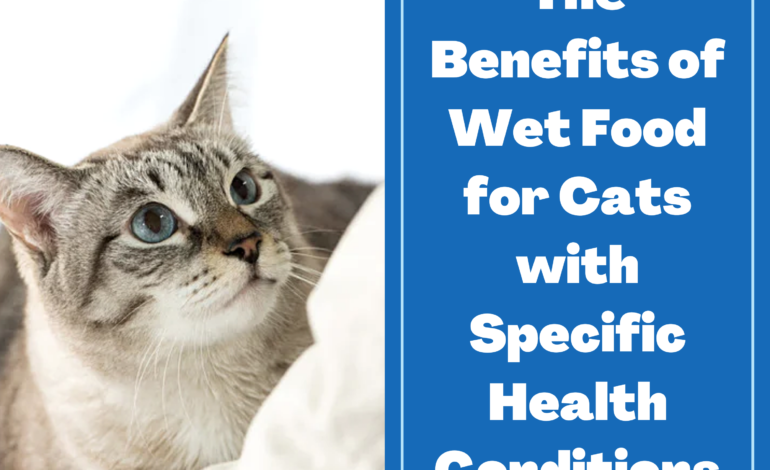Wet Food Allergy in Cats – Symptoms, Causes, Diagnosis, and Treatment
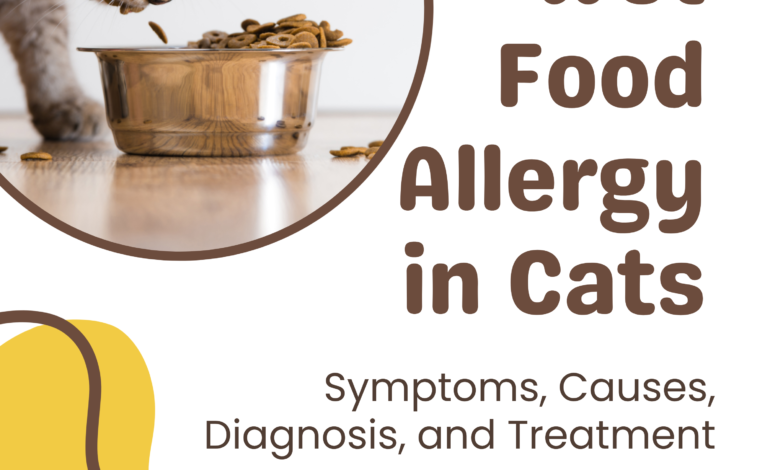
Wet Food Allergy in Cats – Symptoms, Causes, Diagnosis, and Treatment
If your cat has been scratching more than usual or dealing with tummy troubles, you might wonder if their food is to blame. The good news? Wet cat food itself isn’t more likely to cause allergies than dry food—it’s usually certain ingredients inside, like beef, fish, or dairy, that trigger the problem.
Food allergies in cats are more common than many realize—around 10–15% of cats with skin issues are actually reacting to their diet. That’s why recognizing the symptoms early and choosing the right wet cat food for allergies is so important.
With a little guidance, you can find food that soothes your cat’s system, keeps them comfortable, and makes mealtime something they enjoy again. In this guide, we’ll walk you through exactly what to look for so your feline can stay happy, healthy, and purring.
What is Wet Food Allergy in Cats?
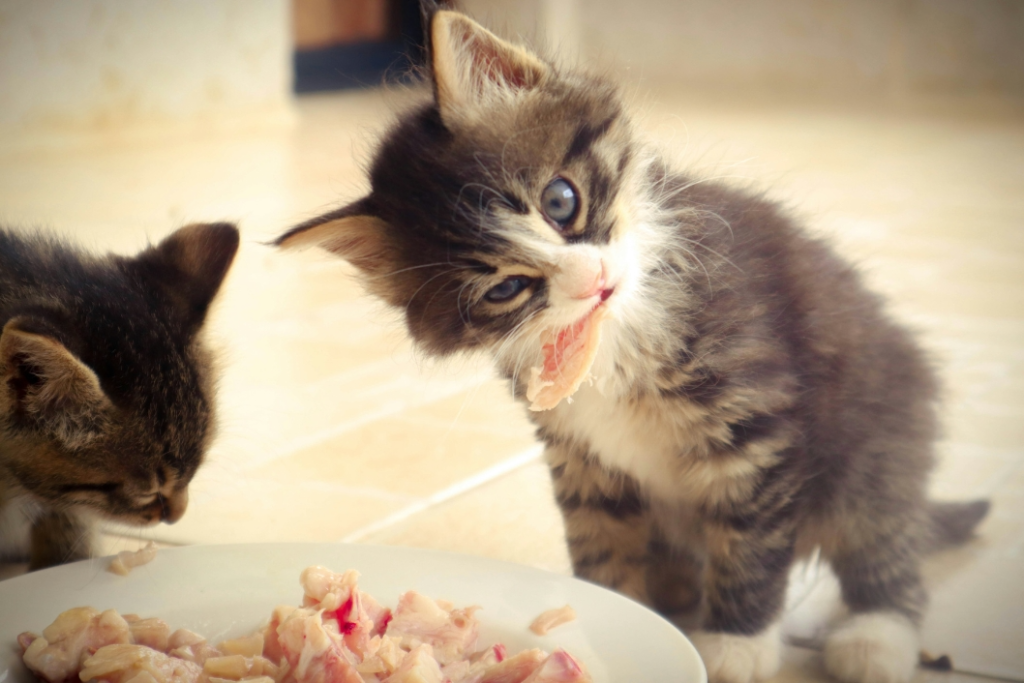
A food allergy in cats occurs when the immune system responds to an ingredient — typically a protein like beef, chicken or fish — and triggers skin or digestive problems.
Wet cat food isn’t inherently more likely to cause allergies than dry; it’s just that wet food is more likely to contain fish proteins and broths or a subset of preservatives that are frequent offenders in sensitive cats. That’s why picking the savvy super wet cat food for allergies includes reading labels and dodging known villains.
The key to diagnosis is an elimination diet trial (8–12 weeks on a single or hydrolyzed protein). Cats can sometimes accrue new allergies over time, so some vets even suggest rotating in safe protein sources instead of relying on one for all your days.
The earlier you recognize symptoms in your cat of wet cat food allergies — itching, hair loss, ear infections, vomiting or diarrhea — the quicker you can act and get your cat feeling more comfortable.
Symptoms of Wet Food Allergy in Cats
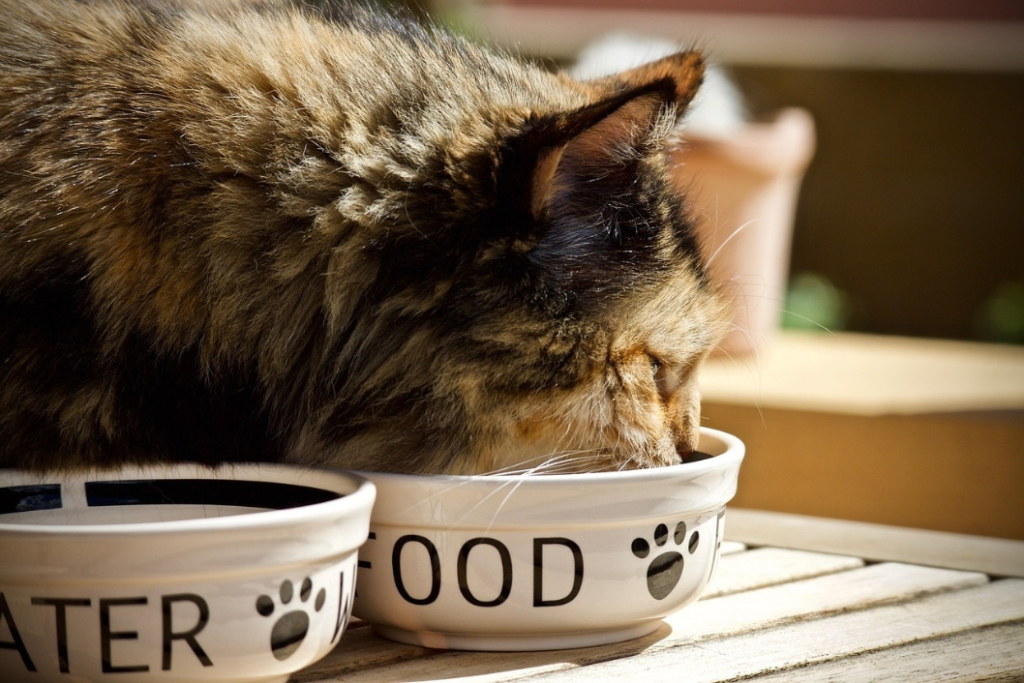
Food allergies in cats can be tricky to spot, especially when symptoms overlap with other conditions. While wet cat food isn’t more allergenic than dry, specific ingredients—like beef, fish, dairy, or certain additives—can trigger reactions.
Skin-Related Symptoms
- Itching and Hair Loss: Persistent scratching or licking can cause noticeable hair loss around the ears, belly, and paws. One cat parent noticed her 4-year-old Siamese constantly scratching after switching to a new salmon-based wet food; symptoms eased when she transitioned to a novel protein formula recommended by her vet.
- Lesions and Sores: Small bumps or crusty patches may appear, often misattributed to fleas.
- Recurrent Ear Infections: Frequent infections or head-shaking can signal underlying food allergies.
Digestive Issues
- Vomiting and Diarrhea: Gastrointestinal upset can occur hours after consuming the allergenic food. Vets report that cats switching to a single-protein wet diet often show improvement within 2–3 weeks.
- Scooting or Straining: Discomfort around the rectum may indicate irritation caused by an allergen.
Other Signs
- Drooling or Oral Irritation: Sometimes subtle, sometimes pronounced.
- Respiratory Signs: Rare but possible, including coughing or wheezing.
- Poor Coat Quality: Dull, greasy, or brittle fur can signal chronic irritation or nutrient malabsorption.
Expert Tip: Dr. Sophie Tremblay, a feline veterinarian, emphasizes: “Even a single ingredient change can trigger allergies in sensitive cats. Monitoring your cat’s response to wet food closely and keeping a symptom diary can help identify triggers faster.”
Common Causes and Triggers of Wet Food Allergies in Cats
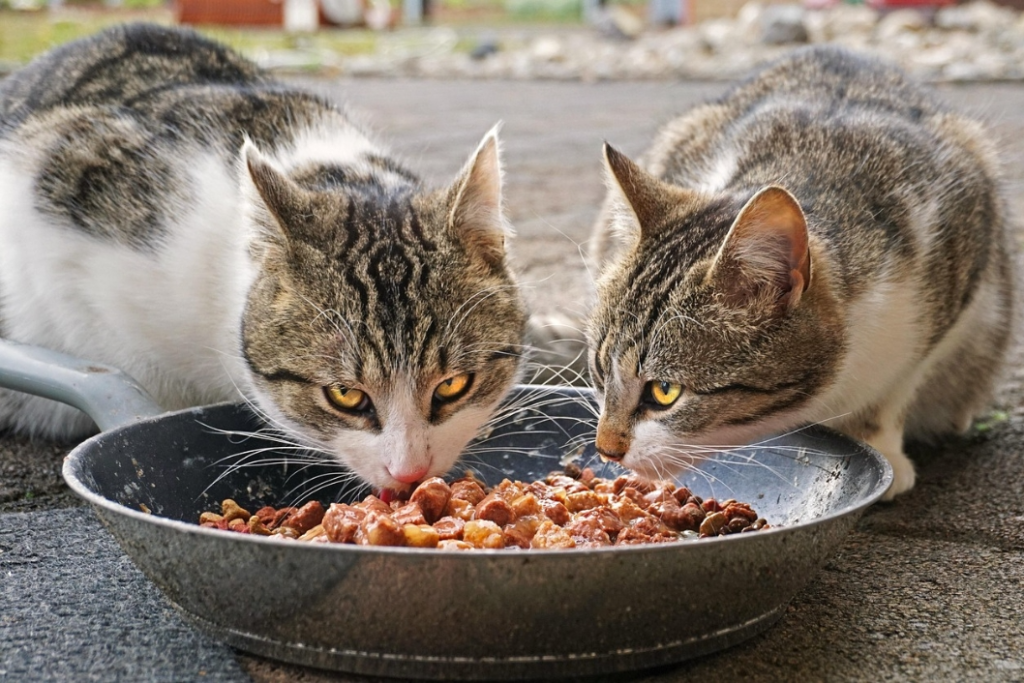
Food allergies in cats often arise from repeated exposure to familiar proteins or ingredients. Over time, the immune system mistakenly identifies some proteins as “threats,” leading to inflammation in the lining of the gut. This is because certain small protein fragments (10–70 kDa) are not completely digested and induce an IgE or cell-mediated reaction.
The most frequent ones are animal proteins, fish protein, lamb, corn, soy and wheat gluten and preservatives (BSAVA, 2020). A Journal of Feline Medicine and Surgery study also found that fish is a leading allergen even though it is fed to many cats.
👉 Case in point: A 7-year-old tabby cat whose chronic itching and vomiting were traced to several years of eating tuna-based wet food. A change of diet to hydrolyzed protein foods improved signs in eight weeks — a lesson that something long-loved can suddenly turn into an allergen.
This is why the top wet cat allergy food choices will often feature novel proteins (rabbit, venison) or hydrolyzed diets that break down proteins into such tiny pieces that the immune system ignores them.
Diagnosis of Wet Food Allergy in Cats

Diagnosing food allergies in cats isn’t straightforward — there’s no simple blood or skin test that confirms it. A veterinarian first rules out other causes such as parasites, bacterial infections, or mites through exams and sometimes cutaneous cytology (checking skin cells for yeast or bacterial overgrowth).
The most reliable method is an elimination diet trial. This involves feeding your cat a strictly controlled diet with:
- Novel proteins like rabbit, duck, or venison.
- Hydrolyzed or hypoallergenic wet foods, where proteins are broken down to avoid triggering immune reactions.
This process requires patience — results may take 8–12 weeks, and sometimes longer, before symptoms improve. During this time, absolutely no other food, treats, or flavored medications should be given.
When done properly, an elimination diet helps confirm whether symptoms are due to wet food for cats with allergies and guides the safe long-term dietary plan.
Treatment Options for Wet Food Allergy in Cats

The cornerstone of allergy treatment for cats is strict: once the trigger food is identified, it must be permanently eliminated. Unlike environmental allergies, food allergies don’t fade — continued exposure only worsens reactions.
1. Dietary Management
Switching to the best wet cat allergy food is the most effective fix. Options include:
- Novel proteins (venison, rabbit, duck).
- Hydrolyzed wet foods, with proteins broken into tiny, non-reactive fragments.
👉 Insight: Even small slip-ups — like flavored meds or treats — can cause “false failures” during elimination trials.
2. Medications (Short-Term Relief)
Corticosteroids or antihistamines may be used in flare-ups but shouldn’t be the first step, as they can mask diet results.
3. Supportive Supplements
- Probiotics to repair gut balance.
- Omega-3s (EPA/DHA) to calm inflammation and aid skin healing.
4. Secondary Care
Scratching-related infections may require antibiotics or antifungals.
Case Example: A 6-year-old cat with vomiting and ear infections improved within eight weeks after switching from fish-based wet food to hydrolyzed rabbit — once flavored treats were fully removed.
Recovery and Long-Term Management

Allergies in cats aren’t curable, but with the right approach they’re highly manageable. The cornerstone is strict long-term diet control, careful avoidance of treats or flavored medications that may contain the trigger, and consistent veterinary follow-up (PetMD).
Practical rules that help most cats:
- Be strict: once a culprit food is identified, remove it permanently — even a small slip-up can restart symptoms (Today’s Veterinary Practice).
- Plan long-term feeding: some vets recommend sticking with a single proven-safe diet, while others use novel-protein or hydrolyzed rotations. Evidence that rotational feeding prevents allergies is limited, so work with your vet to find the best fit (NC State College of Veterinary Medicine).
- Monitor over time: new sensitivities can emerge years later, so watch for recurring skin or GI issues and schedule periodic reassessments (MedVet).
- Support recovery: probiotics, omega-3s, and treatment of secondary infections can improve outcomes. Tailored nutrition plans have shown measurable clinical benefits in controlled studies (PMC).
Conclusion
Food allergies in cats can feel like a mystery at first — one day your kitty is fine, the next they’re scratching, drooling, or refusing meals. Spotting those wet cat food allergies symptoms early is the first step toward relief. With timely diet changes and your vet’s guidance, most cats bounce back and thrive.
At Meow Care Hub, we guide you through every step — from choosing the best wet cat food for allergic cats to understanding effective allergy treatment for cats. Because when your cat feels healthy, every cuddle, purr, and playful leap becomes a joy again.
👉 Explore our expert guides today and give your feline the allergy-free life they deserve.
FAQs
1. What are the symptoms of wet cat food allergies in cats?
Cats may show skin problems (itching, hair loss, sores), digestive upset (vomiting, diarrhea, bloating), or even recurrent ear infections and respiratory issues.
2. Can cats really be allergic to wet cat food?
Cats are not allergic to wet food itself but to ingredients within it, such as beef, fish, dairy, soy, wheat gluten, or preservatives.
3. What is the best wet cat food for allergic cats?
The best options are limited-ingredient or hypoallergenic wet foods with novel proteins like rabbit, duck, or venison. Grain-free and preservative-free choices are often recommended.
4. How do vets diagnose food allergies in cats?
The gold standard is an elimination diet trial where the cat eats novel or hypoallergenic food for 6–12 weeks to see if symptoms improve.
5. What is the best treatment for wet food allergies in cats?
The primary allergy treatment for cats is removing the allergen from their diet permanently. Medications may be used to control itching and secondary infections.
6. Can food allergies in cats be cured?
No, food allergies are not curable, but they can be successfully managed with the right diet and ongoing monitoring.7. Is grain-free wet cat food better for allergies?
Not always. Some cats benefit from grain-free diets, but most allergies are triggered by proteins like beef, fish, or dairy rather than grains. Always follow veterinary advice.

